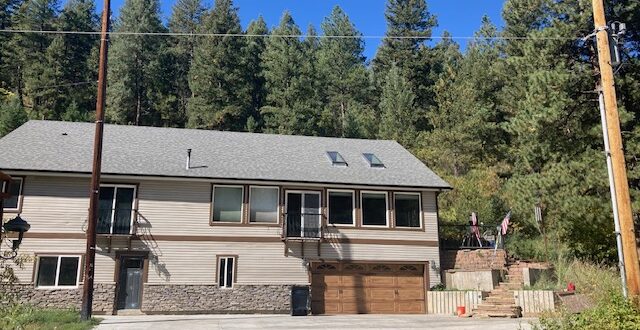Fire Rating Material for Construction
With the rise of wildfires, getting the right material for construction is essential. California was the main driver for fire-resistant construction, and now many other states have followed. However, there are dozens of
Class A or Class I Products
Class A or Class I products are considered the best for managing fire risks. They are treated with the most flame-resistant chemicals, making it much harder for them to start a fire.
These products are tested for 10 minutes to make sure they don’t see flames. This isn’t a national standard, but it’s a good one for many companies to follow.
Class B or Class II Products
The next level up is a Class B or Class II rating. This burns a little easier than Class A products, but still isn’t all that problematic. It will depend on the exact amount of chemicals used to help minimize the spread of fire.
They’re certainly not the safest, though. Sometimes, they’re all that can be used and it’s why you need to manage the zones to keep fires away from your home. Class A roofs must have a maximum flame spread of 6ft during tests. It also needs to resist 15 cycles of intermittent flame.
Class C or Class III Products
The most combustible materials are Class C or Class III products. They have no treatments to slow the flames down, and you will find that most construction wood falls into this category.
If you want decks, you may want to avoid the wood products. Look for something within the Class B range at least to keep your home safe.
There Are Still Dangers to Consider
Cement, glass, and metal are considered the safest options when it comes to building fire-resistant homes. That doesn’t mean they’re perfect. There are still some dangers to consider. For example, glass can crack, and metal can melt.
Using Class A products is just the starting point for construction. You can use the products together, so you could have a Class C roof with Class A shingles over the top to limit the risk of fire. Just keep in mind that the heat could get through the shingles and cause the Class C products to combust
